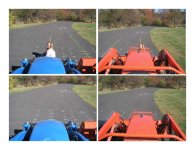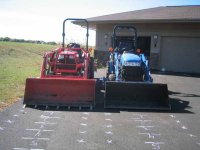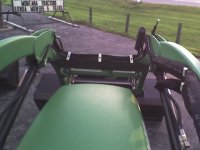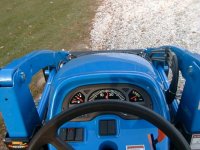woodlandfarms
Super Member
- Joined
- Jul 31, 2006
- Messages
- 6,137
- Location
- Los Angeles / SW Washington
- Tractor
- PowerTrac 1850, Kubota RTV x900
Maybe this is a bit of a newbie question, but some of the tractors I am considering have the "new" bowed FEL arms, and some have straight arms. I see that one of the advantages is a less obstructed view, but are their others?
I know measurements are sort of relative (Lift capabilites are often "adjusted") so are their mechanical things to look at or consider on determining the proper FEL? Like how they mount? If they are 3rd party?
Hopefully this question makes sense.
Carl
I know measurements are sort of relative (Lift capabilites are often "adjusted") so are their mechanical things to look at or consider on determining the proper FEL? Like how they mount? If they are 3rd party?
Hopefully this question makes sense.
Carl




